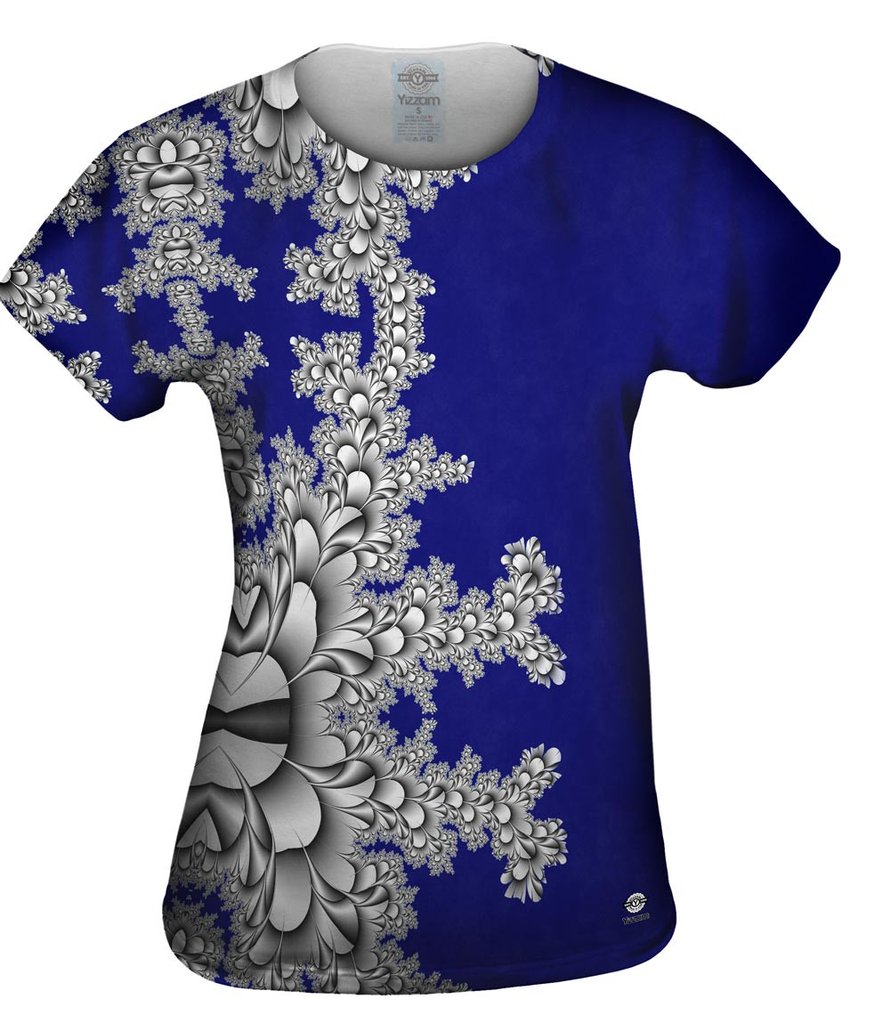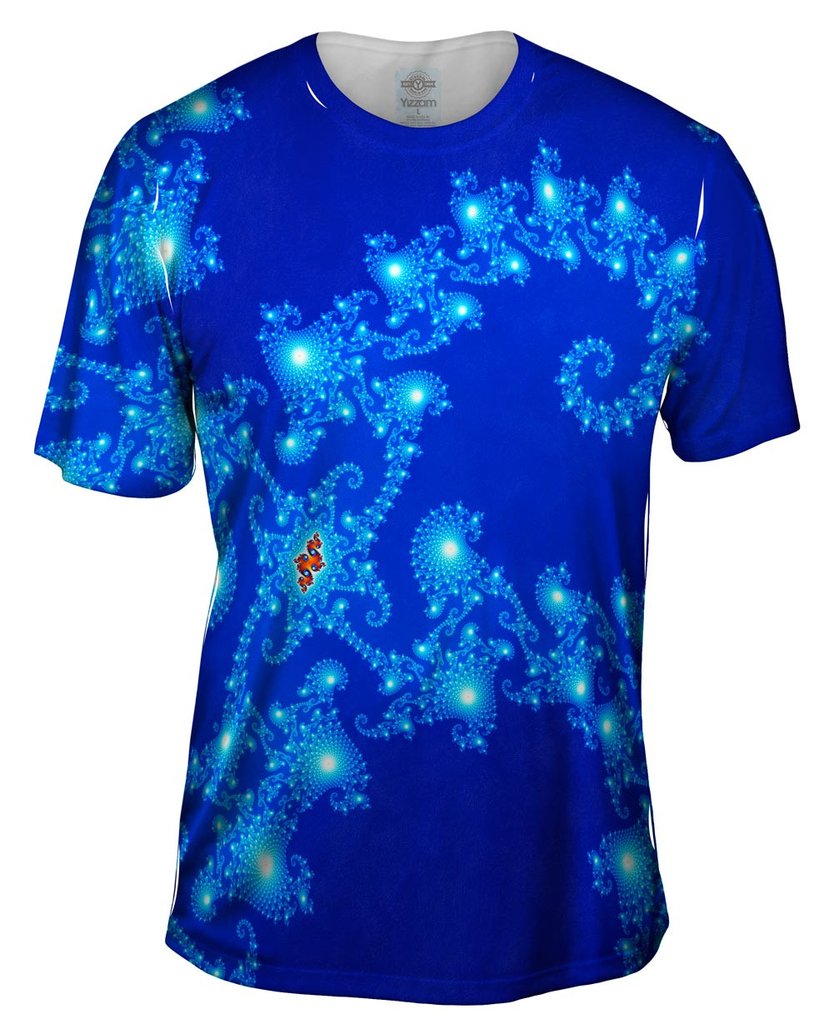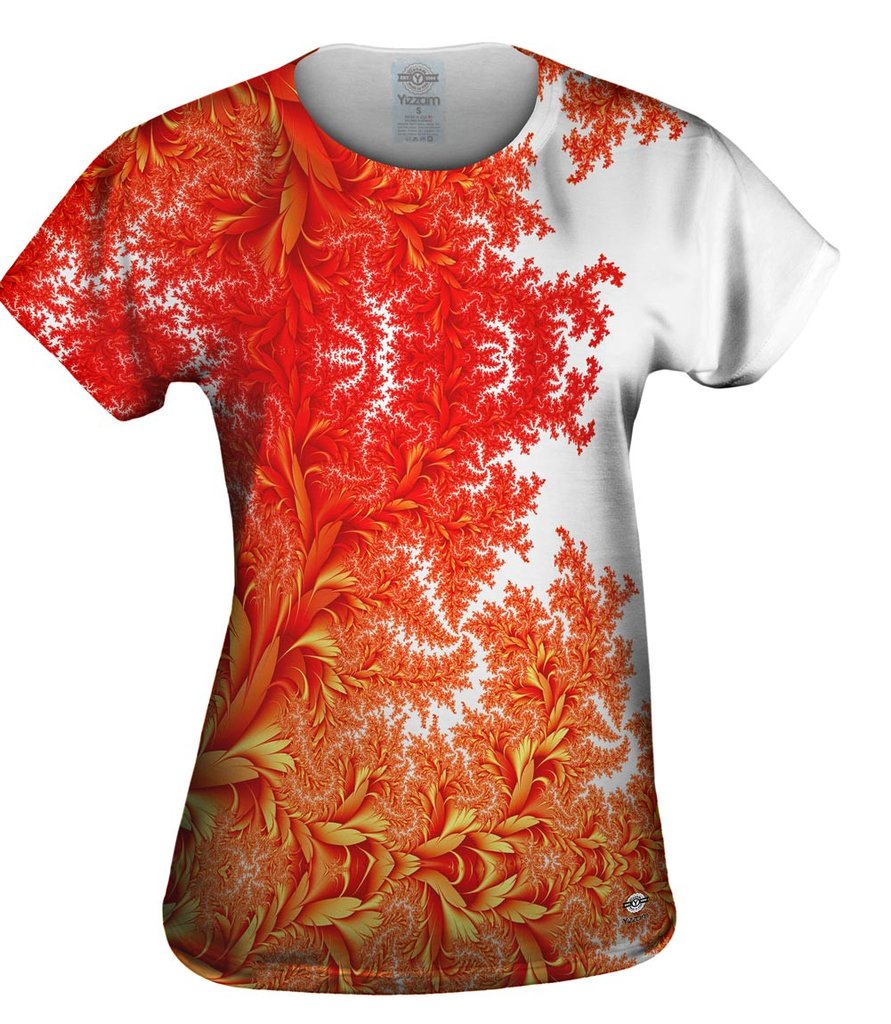What do pine cones, cauliflower, and the stock market have in common? The answer is best explained by fractals, a particular branch of geometry that decodes the asymmetrical shapes and irregular processes. Ranging from zigs and zags of the California coast line to the intricacy behind risks on Wall Street, fractals are geometric shapes that have been separated into parts, displaying a reduced-scale version of the whole (like Russian nesting dolls).
Coined in 1975, by Benoit Mandelbrot, fractal geometry is fairly new, and a concept few people understand. Seen in nature and nearly everywhere else, fractals are what make things like broccoli way cooler. Think about it, if you rip off a piece of broccoli it’s the spitting image of its parent stalk. Even the lining of your own lungs has a fractal pattern allowing you to suck in more oxygen for absorption.
So while fractals may be kinda cool to the average person, (even if they aren’t completely understood), they are one of the coolest subjects around to mathematicians. And for those who love fashion, fractals are a hot topic for us too. The amazingly unique geometric patterns that repeat at every level of magnification, look even better on all over print apparel. That’s why we have a whole fractals collection devoted to the bright colors and spectacular patterns of fractals. And to help you understand just how magnificent they truly are, here are a few fractal facts we just had to tell you about.
Fractals are literally everywhere
Fractals are the backbone behind scientific concepts. They help give us a better idea of how bacteria grows, insight into how water freezes (snowflakes!), and even better comprehension of brain waves. The formulas are so intricate that studying them has led to numerous scientific breakthroughs. For instance, antennas use fractal patterns to get better signals, fractals are used to model soil erosion and analyze seismic patterns, and perhaps the most useful of all, fractals in computer science give us fractal image compression. Because so many facets of nature exhibit fractal properties, the possibilities for their use in science are endless.
They’ve been around forever
Though Mandelbrot brought fractals to light when he popularized them for use with computer graphics, some fractals were understood well before his time. Thousands of years ago people were discovering the patterns on broccoli and pinecones. The reason they weren’t more popular, however is that we didn’t have computers or computer graphics back then to go along with their discovery. This kept them on the down low until technology caught up. Since computers have become more popular, the study of fractals has accelerated.
They are beautiful
This goes without saying, but fractal shapes are magnificently beautiful! It’s why we couldn’t resist creating an entire collection of apparel for them. They are truly captivating in their stunning ability to almost magically display graphical imagery with the smallest possible detail. Their vibrant colors, repetitive shapes, and intricacies with natural complexity, represent the artistic side of mathematics. Most commonly used in graphics and 3D artworks, their depictions are brilliantly unique.
They are everywhere!
 Like your mother-in-law’s perfume, there’s no escaping fractals. Because so many architects are inspired by nature, fractals can be found in quite a few building designs. For instance, Chicago Spire was inspired by a seashell and The Lotus in India is a replica of a Lotus flower with its repeating petals. The Palm Islands in Dubai, is a perfect replica of palm fronds. Fractals can even be seen in the architecture of your own home and office buildings. From furniture to kitchen appliances, fractals inspired by nature are everywhere you can imagine.
Like your mother-in-law’s perfume, there’s no escaping fractals. Because so many architects are inspired by nature, fractals can be found in quite a few building designs. For instance, Chicago Spire was inspired by a seashell and The Lotus in India is a replica of a Lotus flower with its repeating petals. The Palm Islands in Dubai, is a perfect replica of palm fronds. Fractals can even be seen in the architecture of your own home and office buildings. From furniture to kitchen appliances, fractals inspired by nature are everywhere you can imagine.
Intelligent design
Brains and beauty! You’ll want to take fractals home to your mother. Butterfly wings are gorgeous, arguably one of the most beautiful and intricate designs in nature. Those wings, the leaves of a tulip and more, can be accurately depicted thanks to simple combinations of 2D array functions in a process known as Barnsley’s Fern. The most unique shapes in nature are recreated using copies of fractals in the process.
Complex yet simple

Similar to a high schooler’s love life, fractals are complex yet simple. With the naked eye fractals look so extremely complex, yet they are repetitions of the simplest shapes. Pythagoras’ Tree is one of the most popular fractals with all versions stemming from a simple line or square. All of the fractals to make the beautiful tree can be scaled down by a specific ratio.
If you love video games, you’ll love fractals
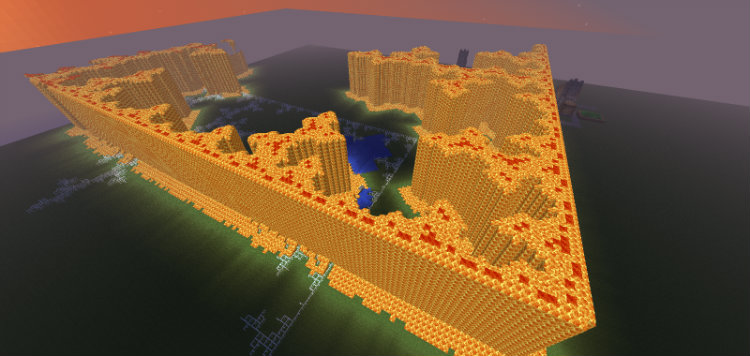
From Donkey Kong to Minecraft, fractals have become nearly indispensable to graphics appearing in video games. Their simplicity, beauty and flexibility allow developers to use them when creating complex sceneries with a high level of detail. Thanks to fractals, the job is done fairly easily while offering remarkable image quality and extraordinary rendering speeds. Think about that next time you’re playing Grand Theft Auto V!
Fractals in New Age thought
Known as sacred geometry, fractals used in the building blocks of life have gained extreme popularity among New Age thinkers. Fractals found in things like trees, spirals, flowers, and other intricate triangle-style shapes, are thought to harmonize the energy in a person’s body with the energy involved in healing. One of the most popular ratios in sacred geometry is called the golden ratio (1.61803399). It is found throughout several spots in the universe and in many parts of nature such as sea shells, plants, and even in some galaxies.
You can even hear fractals

Whaa? Yup! Musicians have begun exploring the possibilities of audio fractals in attempts to leave
the conventional fields of music to express wave forms of fractals by utilizing changes of air density over time. Examples include catchy beats, melodious tunes, psychedelic and strange sounds because all of them can be expressed and generated through manipulation and obscure fractal vibes. Still new, the audio possibilities of fractals is still being explored.
Fractals found in nature

As mentioned earlier, the best place to find fractals is in nature. Here are some examples of beautiful fractals in nature: sea shells, snowflakes, lightening, Queen Anne’s lace, ferns, broccoli, cauliflower, pinecones, pineapples, peacocks, mountain ranges, crystals, clouds, shorelines, trees, leaves, rivers, sea urchins, sea stars, and stalagmites and stalactites.
Famous fractals
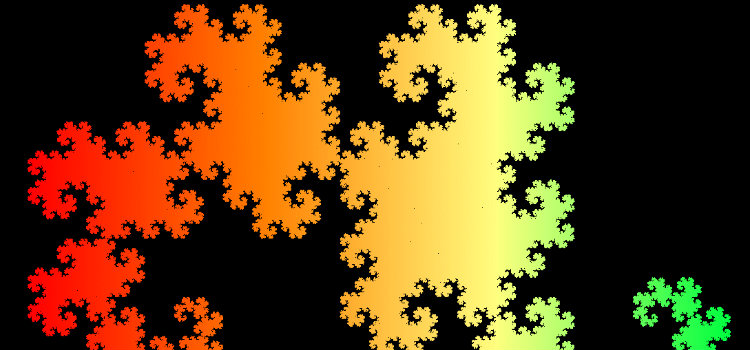
Not all fractals are the same, though most start with a basic line segment or structure and then more is added to it. One famous fractal in particular, the Dragon Curve is made in this way. Other fractals are reductive, meaning they begin as a solid shape and then repeatedly subtract from it. The Merger Sponge and Sierpinsky Triangle are two types of fractals in that particular group. A third group is formed by more chaotic fractals, which are created using simple formulas and then graphing them several millions of times on a complex plane known as the Cartesian Grid. The rock star, the Mandelbrot Set is the star in this group and is extremely cool!
No matter how they are made, or what they look like, all of these images are all made from expressions in mathematical formulas. And even you can make your own fractal art by applying mathematical formulas! Simply graph the numbers from a fractal equation on a complex number plane. Sound too complicated? For those who haven’t seen a math book for a couple of years your head might be spinning at the sound of that. No big deal! We’ve taken care of it for you in our latest fractal collection of all over print apparel. You can get all the beautiful fractal equations in a variety of colors and apparel. The amazing fractals that continue to mystify mathematician and amaze us every day can be effortlessly added to your wardrobe. You can wear your favorite fractals full of beauty and paradoxical simplicity, so check out our latest collection of all over print apparel and wear something truly different.


 Islands Of Consciousness Fractal Womens Top
Islands Of Consciousness Fractal Womens Top